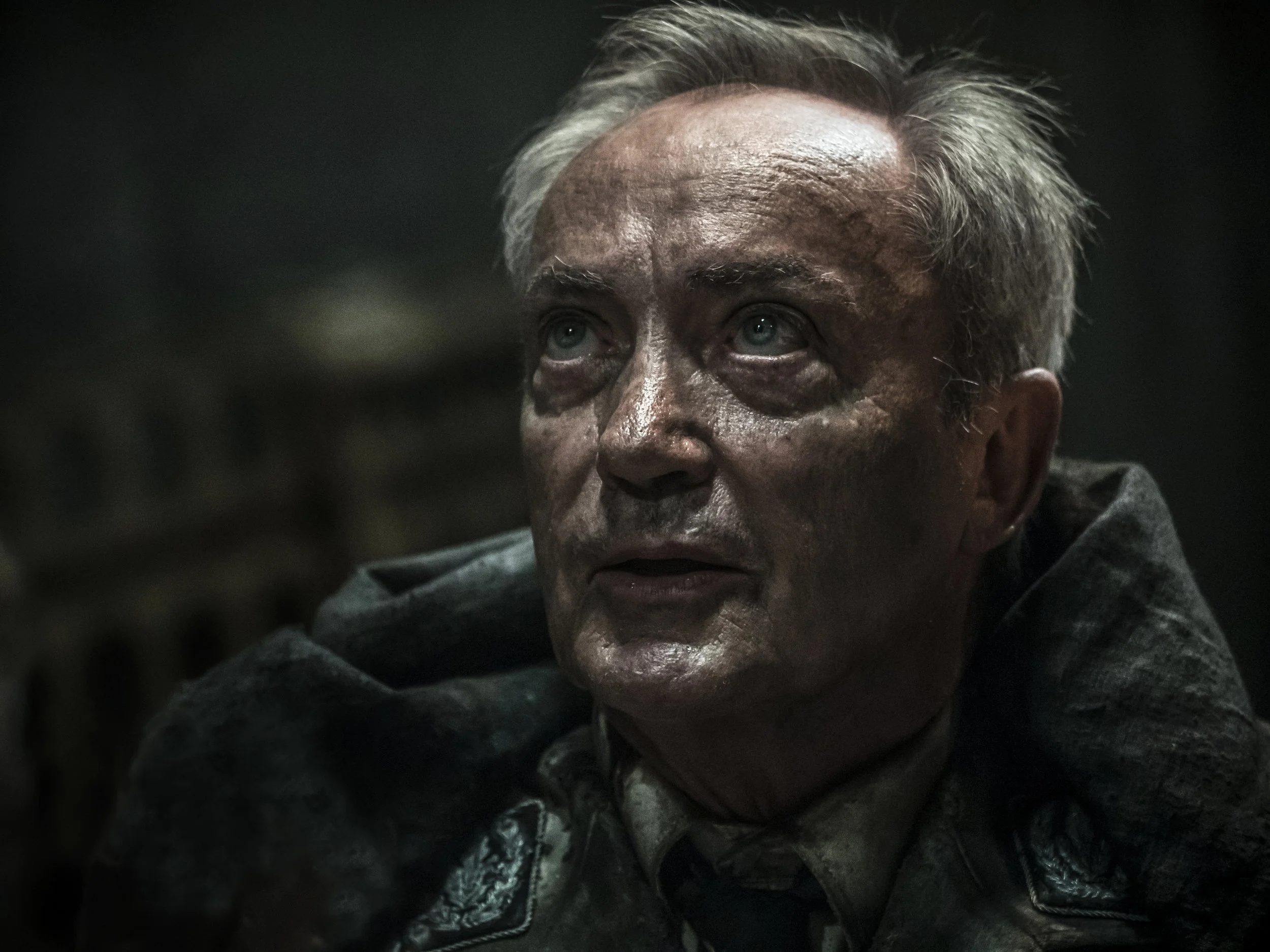


three movies, one runding - our key strategy for deep red
One pre-production. One shoot. One post-production. And most importantly: one funding.

the creative contract
AI should not be treated as a creator or a companion, but as a tool—one that supports, clarifies, and strengthens the filmmaker’s creative process. To use it effectively and ethically, creators must establish a well-defined creative contract: an agreement that outlines where AI can assist, and where its role must end.

